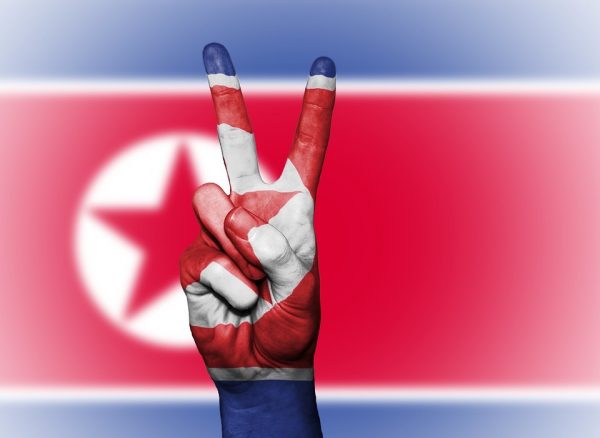
Interesting Fabrics and Fibres: What is Vinylon?
, by Tammy Harris, 3 min reading time

, by Tammy Harris, 3 min reading time
All over the world, different cultures and peoples make fabric with what they have. This has led to some incredible ingenuity, and weavers use all kinds of plants, animals, and synthetic methods to make textiles. One of the more interesting examples is Vinylon, and though you may have heard of it, you won't be unrolling a yard or two from your local fabric shop. Unlike other synthetic fabrics, Vinylon doesn't come from plants or oil-based plastics. It's made with polyvinyl alcohol that comes from... rocks?
 process to turn them into vinyl acetate. They then go through polymerization to form a plastic-like substance, and after much further refinement, a crystal-like material is drawn out and spun into a thread. This thread has a cotton-like texture that can be made into fabric. However, there's nothing cotton-like about the final product. Because of its source, Vinylon fabric is resistant to heat and chemicals. However, it has many more disadvantages: it's very stiff, has a high manufacturing cost, and (for all you crafters out there) is extremely difficult to dye. So why do we talk about Vinylon at all? Other than being possibly the only fabric made from hard rock, Vinylon is intertwined with one of the most repressive regimes on the planet. This fabric is a national symbol, point of pride, and economic driver in the nation of North Korea.
process to turn them into vinyl acetate. They then go through polymerization to form a plastic-like substance, and after much further refinement, a crystal-like material is drawn out and spun into a thread. This thread has a cotton-like texture that can be made into fabric. However, there's nothing cotton-like about the final product. Because of its source, Vinylon fabric is resistant to heat and chemicals. However, it has many more disadvantages: it's very stiff, has a high manufacturing cost, and (for all you crafters out there) is extremely difficult to dye. So why do we talk about Vinylon at all? Other than being possibly the only fabric made from hard rock, Vinylon is intertwined with one of the most repressive regimes on the planet. This fabric is a national symbol, point of pride, and economic driver in the nation of North Korea.
 This researcher had offered it to South Korea, but the government wasn't interested; because they were allies of the U.S., the country didn't need this strange fabric. He defected into the welcoming arms of North Korean, whose government compared his achievement to the discoveries made by French scientist Marie Curie: a material that could be refined from stone was a boon for a country attempting to make it without a lot of farmland. Out of this defection came a massive new industry, a massive new complex devoted to the creation of Vinylon called Vinylon City, and a propaganda tool for an authoritarian government. Vinylon is now the national fibre of North Korea and is a key part of the Juche ideology of the eternal leader Kim Il-sung. The country uses it for most of its textile products, and it is far more popular than cotton or nylon, both of which can only be found in very small amounts. Other than clothing, vinylon is also used to make shoes, ropes, fishing nets, mops, and stuffing quilts. You're not likely to find clothes made from limestone Vinylon here in Canada, though. Outside of North Korea, advancements have expanded other types of Vinylon. The Swedish clothing company Fjällräven uses a Japanese form, Vinylon F, to make many of their backpacks because of its waterproof properties. However, this kind comes from petroleum rather than stone!
This researcher had offered it to South Korea, but the government wasn't interested; because they were allies of the U.S., the country didn't need this strange fabric. He defected into the welcoming arms of North Korean, whose government compared his achievement to the discoveries made by French scientist Marie Curie: a material that could be refined from stone was a boon for a country attempting to make it without a lot of farmland. Out of this defection came a massive new industry, a massive new complex devoted to the creation of Vinylon called Vinylon City, and a propaganda tool for an authoritarian government. Vinylon is now the national fibre of North Korea and is a key part of the Juche ideology of the eternal leader Kim Il-sung. The country uses it for most of its textile products, and it is far more popular than cotton or nylon, both of which can only be found in very small amounts. Other than clothing, vinylon is also used to make shoes, ropes, fishing nets, mops, and stuffing quilts. You're not likely to find clothes made from limestone Vinylon here in Canada, though. Outside of North Korea, advancements have expanded other types of Vinylon. The Swedish clothing company Fjällräven uses a Japanese form, Vinylon F, to make many of their backpacks because of its waterproof properties. However, this kind comes from petroleum rather than stone!